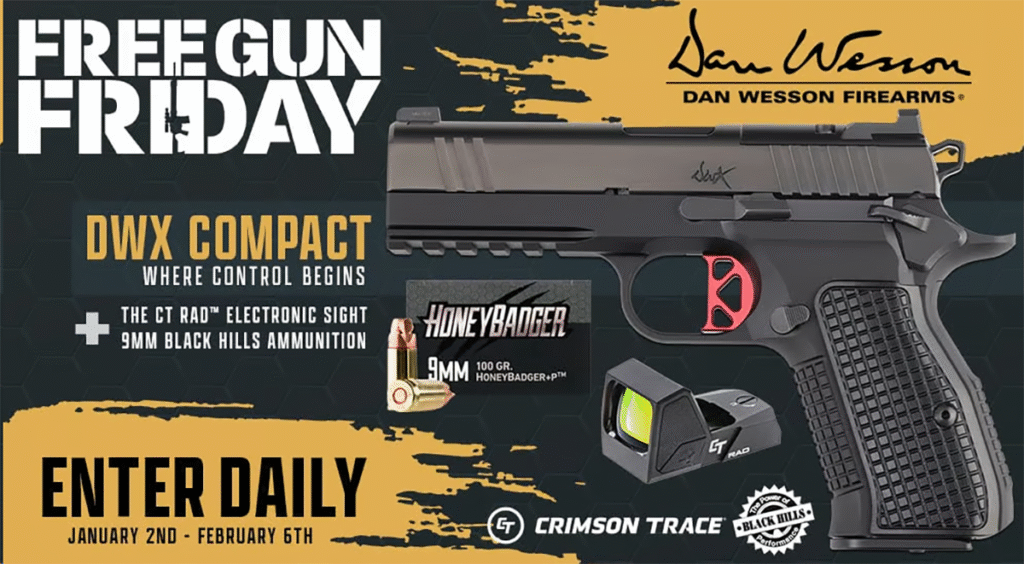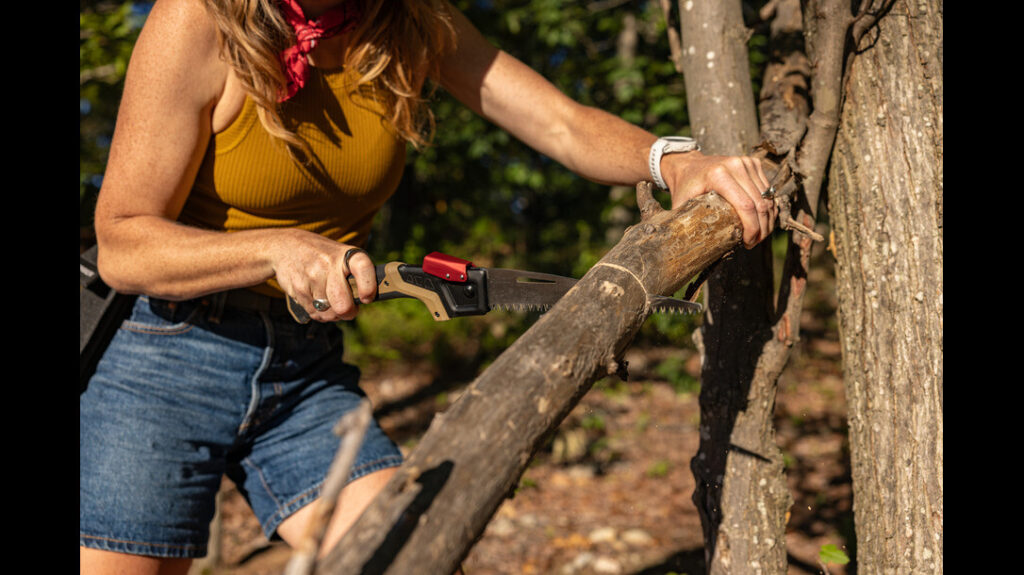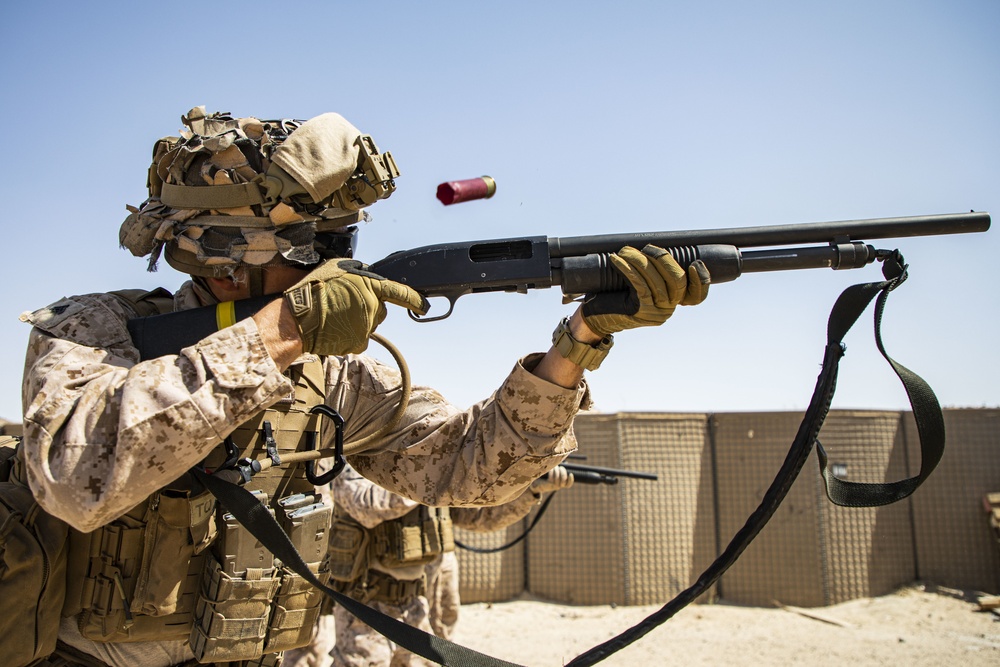The short video from Bloke on the Range gives voice to an interesting phenomenon.
There are certain parts that a semi-automatic firearm are omitted from it’s fully automatic consorts. Most of these parts have to do with a safe firing cycle. Normally, these have to do with with the auto-sear parts. These parts assure that the firing mechanism is safely held until the chamber safely locked. Certain firearms retain these parts, even in the semi-automatic variants.
But while those parts enforce the safe discharge of the firearm from a locked breach, that is not the only concern when it comes to automatic fire.
Advertisement — Continue Reading Below
Automatic weapons have a tremendous amount of energy going in different directions, and all the various stresses need to release that energy in some manner or another. That combined with the fact the energy will be renewed again very rapidly and repeatedly. That has the propensity to literally rattle the gun apart if not accounted for. But it is also an event that does not and cannot happen, at least to that degree, in semi-automatic firearms because the delay and rate of fire decrease allow the energy to dissipate.
So semi-auto firearms often omit parts, and the space for those parts, because they are unnecessary. However when that omission changes the firearm’s form, it tends to detract from one of the sellable points of the firearm itself.
Firearm purchases have an aesthetic value. In fact, aesthetics are held in very high value which is why we spend so much on them. I am a perpetual fan of FDE shades for example, and will often pay more for the finish. I have an entire rifle done up in a Mandalorian color, motif, and engravings. There is no functional reason for them, but I want them so there is value.
Advertisement — Continue Reading Below
So when something like the FAMAS has an exterior aesthetic based on the location of a part that it does not need, the designer is benefitted from keeping the aesthetic, even it is functionally null. A more extreme example is the H&K SL8, it came in an absurd format when purchasers really wanted a G36. So they spend money on making it into the G36, the firearm itself doesn’t really change much in function but the buyer wants the aesthetic.
In this video, its the FAMAS military buffer. But examples can be found all across the industry, especially among ‘cloners’ who want specific SKUs.
Just an interesting break from some of the bleakness in the world at the moment.
Advertisement — Continue Reading Below















